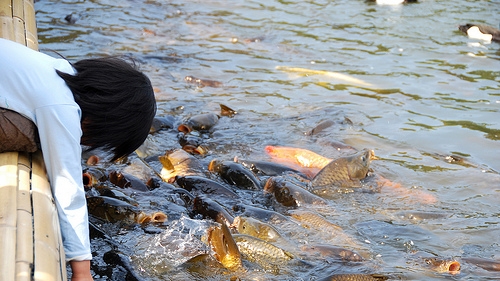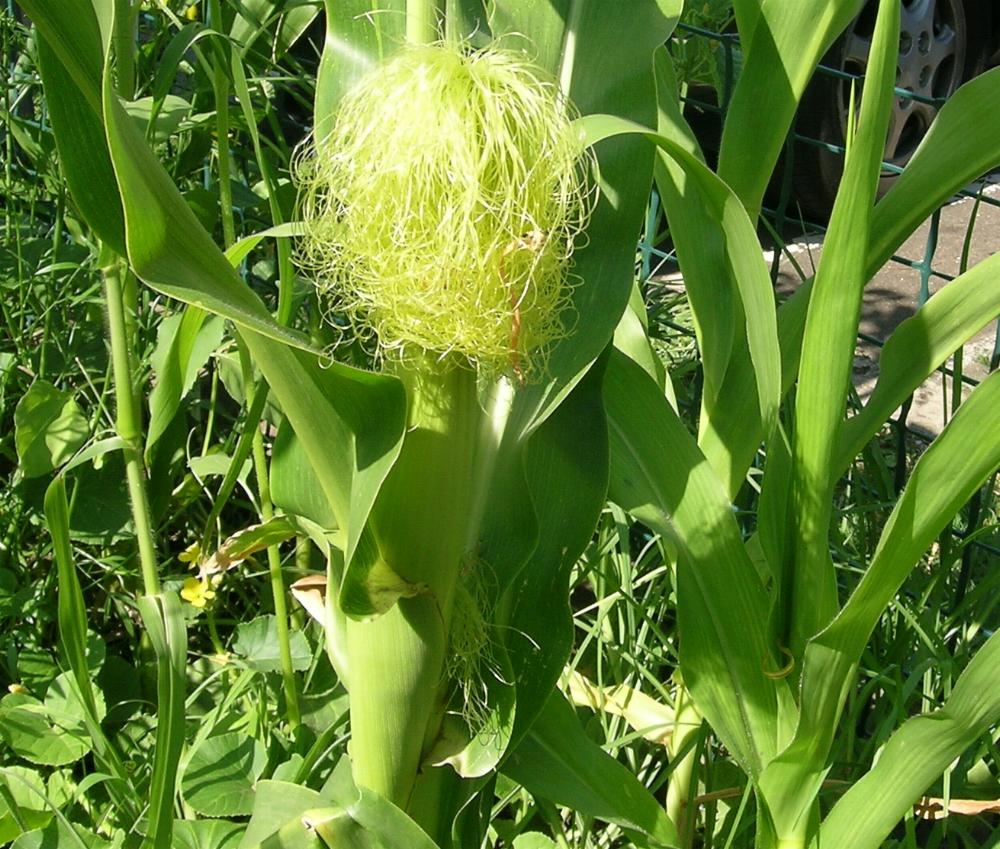 Aba Mustapha, Belghyti Driss, Benabid Mohammed, Maychal aziz
Aba Mustapha, Belghyti Driss, Benabid Mohammed, Maychal aziz
Biology and Health Laboratory, Environmental and Parasitology Team/UFR Doctoral, Sciences Faculty, Ibn Tofail University, Kenitra, Morocco
National Center of Hydrobiology and Pisciculture (NCHP) Azrou, Morocco
Domaines agricoles. Truites de l’Atlas Azrou. Morocco
Key words: Feed efficiency, Energy, Nitrogen, Phosphorus, Rainbow trout, Sustainable aquaculture.
Abstract
This research is an update in fish nutrition research in Morocco, and provides insight on the progression and evolution of this field in order to meet the needs of the aquaculture with the purpose to achieve a balance in fish nutrition and aquaculture sustainability. Continue reading The sustainable aquaculture in morocco by optimization of the energy of the feed of rainbow trout – IJAAR
 Safar Nasrollahzadeh, AysanHajebrahimi, JalilShafagh-Kolvanagh, Sajjad Shaker Kouhi
Safar Nasrollahzadeh, AysanHajebrahimi, JalilShafagh-Kolvanagh, Sajjad Shaker Kouhi

